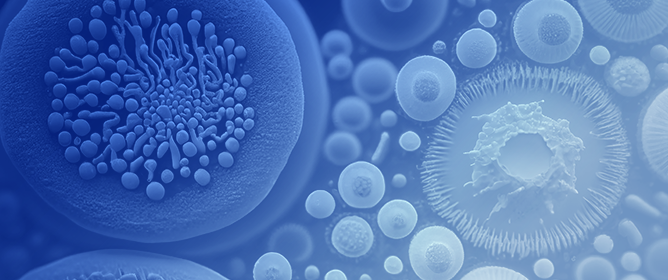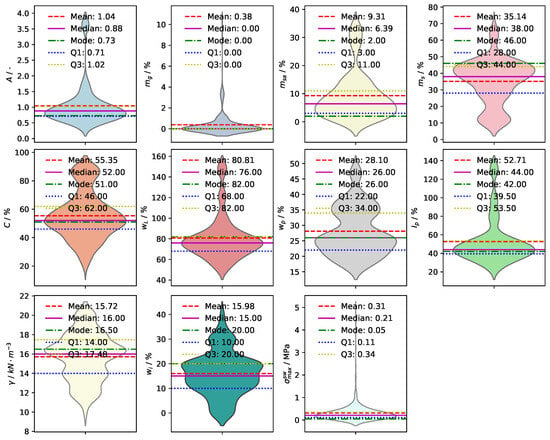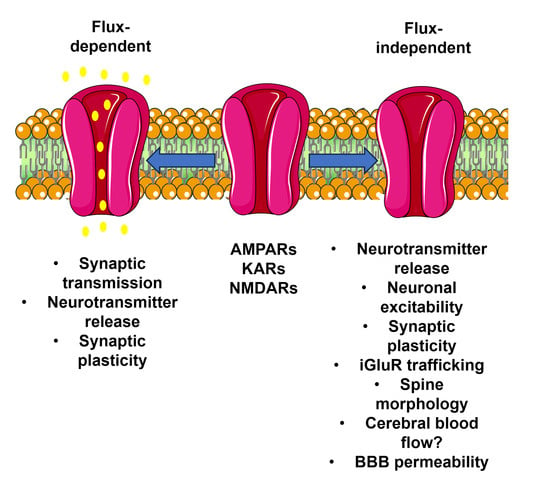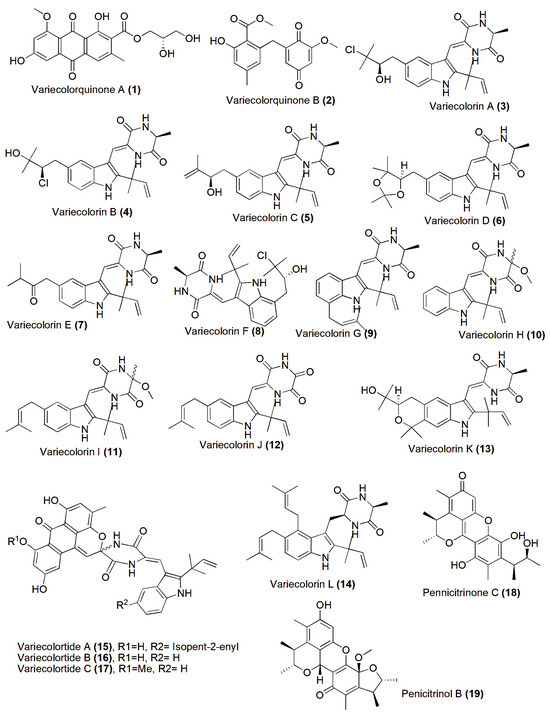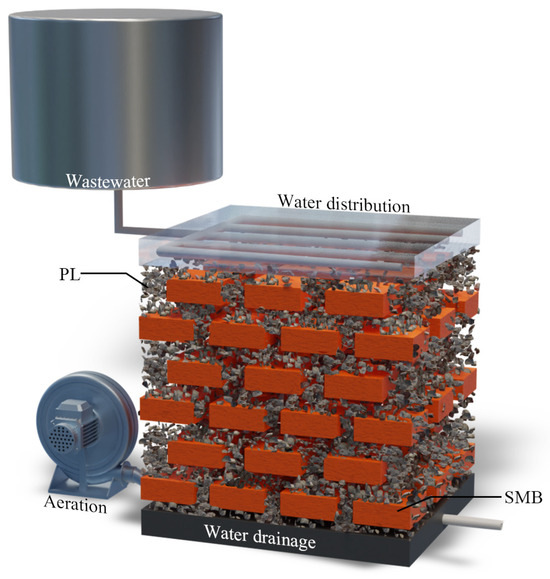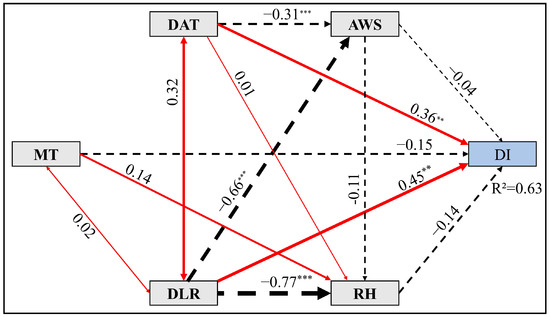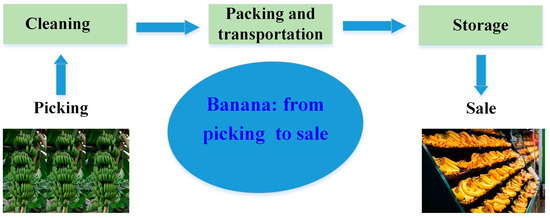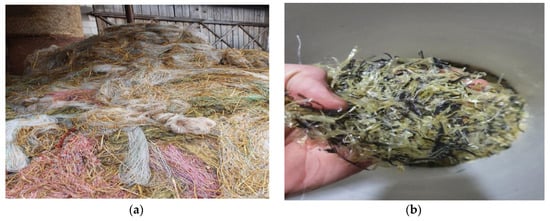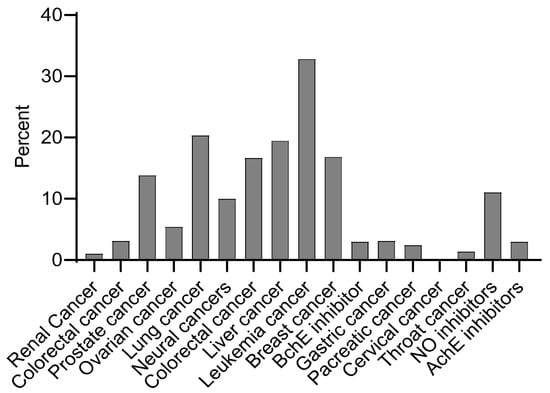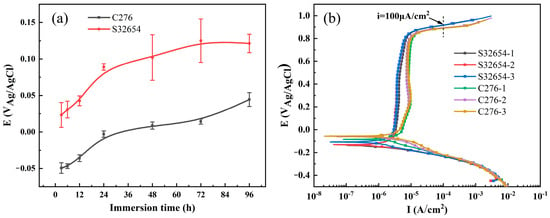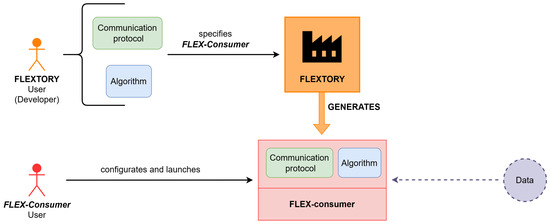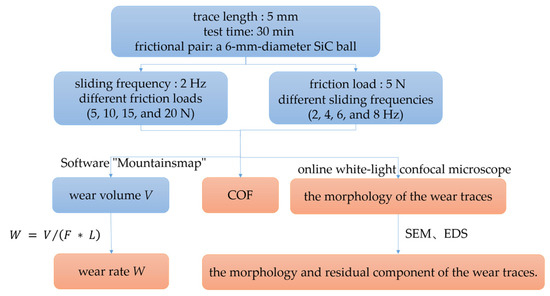Natural products hold immense potential for drug discovery, yet many remain unexplored in vast libraries and databases. In an attempt to fill this gap and meet the growing demand for effective drugs, this study delves into the promising world of
ent-kaurane diterpenoids, a class of natural products with huge therapeutic potential. With a dataset of 570
ent-kaurane diterpenoids obtained from the literature, we conducted an in silico analysis, evaluating their physicochemical, pharmacokinetic, and toxicological properties with a focus on their therapeutic implications. Notably, these natural compounds exhibit drug-like properties, aligning closely with those of FDA-approved drugs, indicating a high potential for drug development. The ranges of the physicochemical parameters were as follows: molecular weights—288.47 to 626.82 g/mol; number of heavy atoms—21 to 44; the number of hydrogen bond donors and acceptors—0 to 8 and 1 to 11, respectively; the number of rotatable bonds—0 to 11; fraction Csp3—0.65 to 1; and TPSA—20.23 to 189.53 Ų. Additionally, the majority of these molecules display favorable safety profiles, with only 0.70%, 1.40%, 0.70%, and 46.49% exhibiting mutagenic, tumorigenic, reproduction-enhancing, and irritant properties, respectively. Importantly,
ent-kaurane diterpenoids exhibit promising biopharmaceutical properties. Their average lipophilicity is optimal for drug absorption, while over 99% are water-soluble, facilitating delivery. Further, 96.5% and 28.20% of these molecules exhibited intestinal and brain bioavailability, expanding their therapeutic reach. The predicted pharmacological activities of these compounds encompass a diverse range, including anticancer, immunosuppressant, chemoprotective, anti-hepatic, hepatoprotectant, anti-inflammation, antihyperthyroidism, and anti-hepatitis activities. This multi-targeted profile highlights
ent-kaurane diterpenoids as highly promising candidates for further drug discovery endeavors.
Full article
 IJMS
IMPACT
IJMS
IMPACT Applied Sciences
IMPACT
Applied Sciences
IMPACT Sustainability
IMPACT
Sustainability
IMPACT Sensors
IMPACT
Sensors
IMPACT JCM
IMPACT
JCM
IMPACT Energies
IMPACT
Energies
IMPACT Molecules
IMPACT
Molecules
IMPACT Materials
IMPACT
Materials
IMPACT Remote Sensing
IMPACT
Remote Sensing
IMPACT Cancers
IMPACT
Cancers
IMPACT Electronics
IMPACT
Electronics
IMPACT Mathematics
IMPACT
Mathematics
IMPACT Foods
IMPACT
Foods
IMPACT Buildings
IMPACT
Buildings
IMPACT Plants
IMPACT
Plants
IMPACT Nutrients
IMPACT
Nutrients
IMPACT Animals
IMPACT
Animals
IMPACT Polymers
IMPACT
Polymers
IMPACT Water
IMPACT
Water
IMPACT Diagnostics
IMPACT
Diagnostics
IMPACT Biomedicines
IMPACT
Biomedicines
IMPACT Agronomy
IMPACT
Agronomy
IMPACT Microorganisms
IMPACT
Microorganisms
IMPACT Processes
IMPACT
Processes
IMPACT Healthcare
IMPACT
Healthcare
IMPACT Forests
IMPACT
Forests
IMPACT Cells
IMPACT
Cells
IMPACT JMSE
IMPACT
JMSE
IMPACT Medicina
IMPACT
Medicina
IMPACT Viruses
IMPACT
Viruses
IMPACT Agriculture
IMPACT
Agriculture
IMPACT Nanomaterials
IMPACT
Nanomaterials
IMPACT IJERPH
IJERPH
 Land
IMPACT
Land
IMPACT Pharmaceutics
IMPACT
Pharmaceutics
IMPACT Pharmaceuticals
IMPACT
Pharmaceuticals
IMPACT Religions
IMPACT
Religions
IMPACT Biomolecules
IMPACT
Biomolecules
IMPACT Life
IMPACT
Life
IMPACT Micromachines
IMPACT
Micromachines
IMPACT Atmosphere
IMPACT
Atmosphere
IMPACT Antioxidants
IMPACT
Antioxidants
IMPACT Genes
IMPACT
Genes
IMPACT Metals
IMPACT
Metals
IMPACT Symmetry
IMPACT
Symmetry
IMPACT Children
IMPACT
Children
IMPACT Coatings
IMPACT
Coatings
IMPACT Vaccines
IMPACT
Vaccines
IMPACT Horticulturae
IMPACT
Horticulturae
IMPACT Education Sciences
IMPACT
Education Sciences
IMPACT Minerals
IMPACT
Minerals
IMPACT Brain Sciences
IMPACT
Brain Sciences
IMPACT JPM
IMPACT
JPM
IMPACT Bioengineering
IMPACT
Bioengineering
IMPACT


